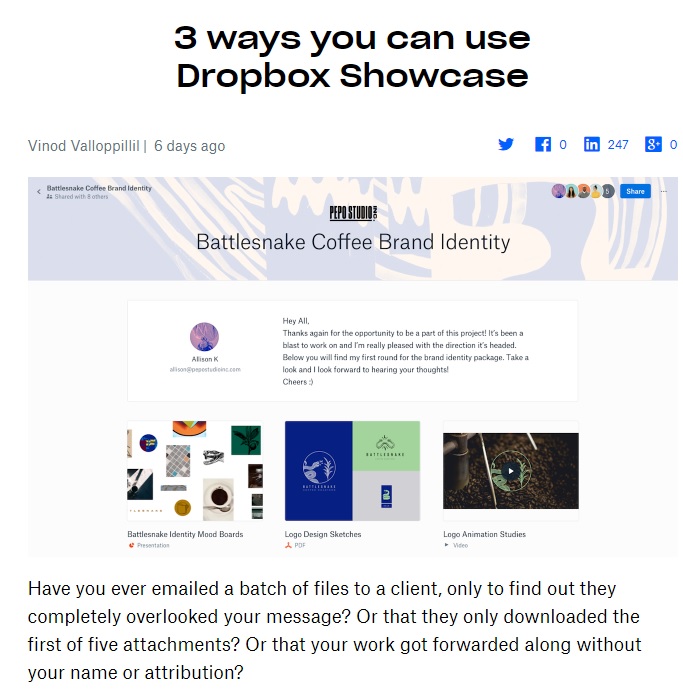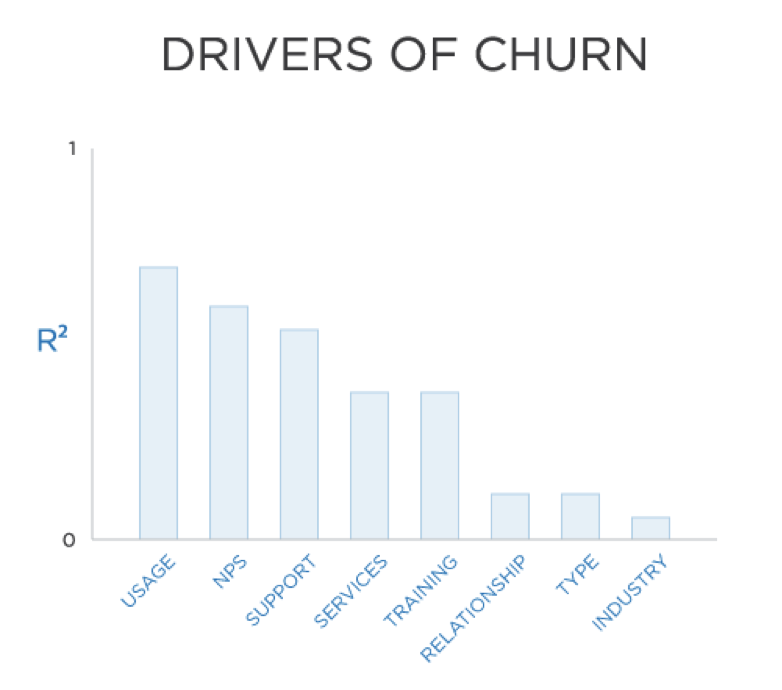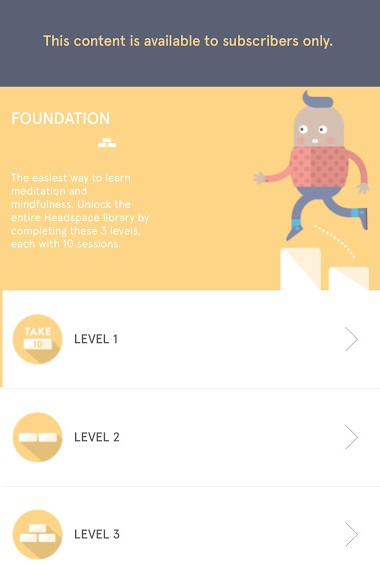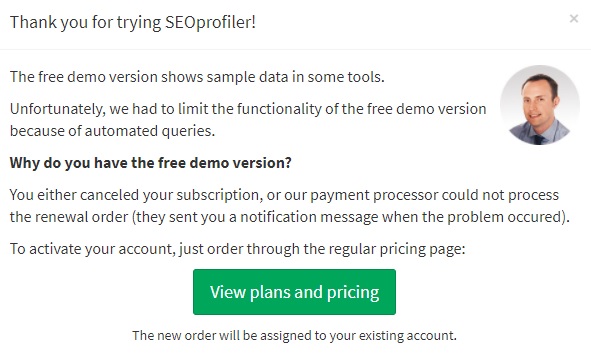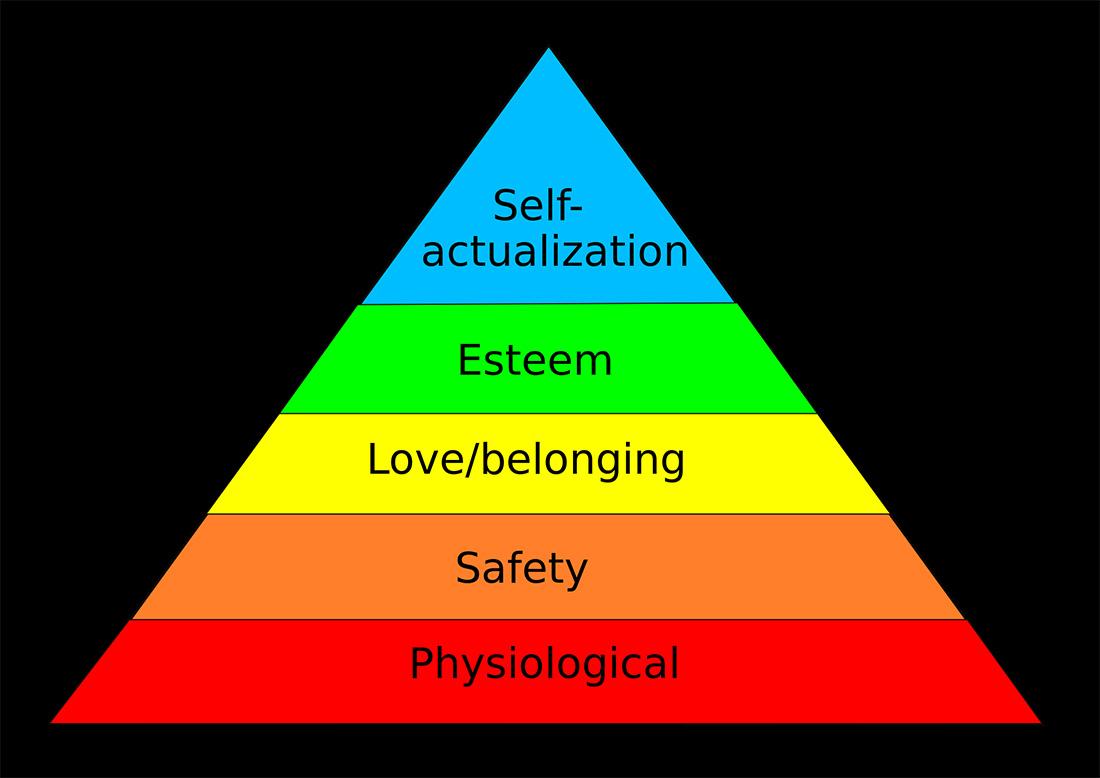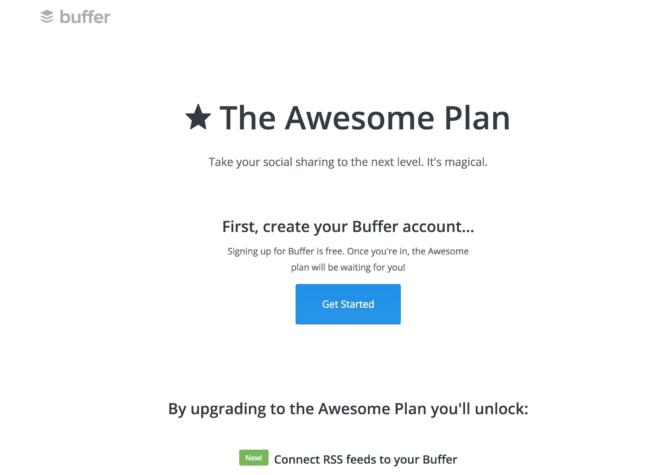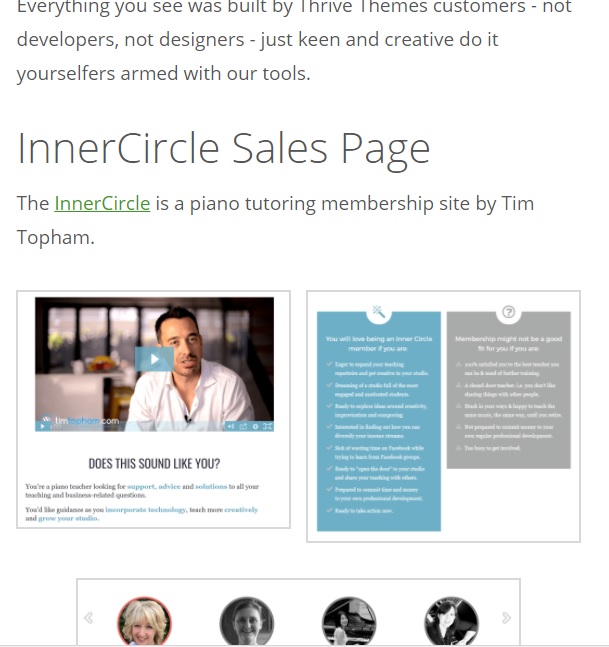SAAS Content Marketing: Creating Powerful Content That Sells Your Service
You’ve heard it countless times before… if you don’t have a content marketing strategy in place, you’re living behind the times. But what is a content marketing strategy when it comes to selling your SaaS product? Well in 2018, you’ll need to do a little bit more than slapping up a blog and Twitter account to land success. But, it’s totally doable.
Even today, content marketing can generate nearly 8x more traffic than outbound marketing efforts—if done correctly. The problem most brands run into is not knowing which assets to leverage into their content marketing campaigns.
That needs to change. But luckily, it can change rather quickly if you understand how to test, optimize, rinse and repeat.
The Power of a Saas-y Blog
Everyone and their mother has a blog. To stand out from the crowd, yours has to infuse a distinguished charm and style all its own. This is especially true among SaaS brands who are new on the scene.
But how do you determine what to write about? Well, start by asking yourself why your audience would buy products from you to begin with.
Does your product help them save time? Provide entertainment value? Or boost sales? When you break it down to their root pain point, the answer emerges.
Look at Dropbox’s blog. It’s full of content that addresses their target customers’ needs for better organization, easy storability, and shareability.
Their blog is part promotion-based, part value-based. It effectively addresses consumer pain points while successfully tying the solution to Dropbox. Smart marketing to say the least.
It’s a simple formula: a) address the problem, then b) highlight your SaaS product’s unique features as the solution. A tried and true formula for SaaS blogging success!
Ask Your Audience
Customer surveys are an easy, fairly non-invasive way of collecting ideas for your content marketing strategy. Not only can it encourage your blog content, but it can also gather you important information about ways to improve your product in general.
Remember, one of the key correlations to a product’s churn rate is the amount of usage its users are having with it…
If you have your finger on the customer’s pulse, your product will get better and churn rates will improve. And we know how much customers like being included in the creative process, so it’s a win for both sides.
SaaS Linkbuilding
Sorry but we have to go there. Linkbuilding is still one of the most important ways to improve search rankings, gain credibility, and get your content out to the masses (spreading brand awareness).
One tried and true method is creating the infographic.
They are evergreen, extremely shareable, and great for those customers who are visual learners (like myself).
Salesforce is one of the biggest names in Saas, and their blog is a huge marketing tool. They have plenty of attractive and engaging infographics that get shared all over the internet by their clients, as well as by other B2B readers who happen to stumble upon it.
In the above example, Salesforce is catering to their healthcare clients with a detailed statistical overview of the future of industry. They’re providing value while subtly expressing why these clients need Salesforce. Take notes everyone.
Why do an infographic? Because they get passed around the internet like hotcakes. It’s true! Infographics are “liked” and shared across social media 3 times more than any other type of content.
Okay so getting a ton of Facebook “likes” doesn’t directly correlate to backlinks, but if you buy into the idea of social signals being a Google rankings factor (in 2018, you should) then it’s worth it to share your visual content across social media.
If you’re a small company and don’t have an in-house graphic design team, fear not. You can find high-quality designers on sites like Fiverr and Upwork. And if you’re planning on using a lot of design services, I’d recommend a monthly service like Design Pickle.
Let’s face it, a new SaaS product is going to struggle to make sales. This is why it’s important to use eye-popping visuals to get your customers through the door, while also providing them heaps of value. Infographics definitely check both of those boxes.
Content Marketing → SEO
We’re not blowing anyone’s mind here by saying that SEO is important. However, it’s not your grandfather’s SEO anymore. Today’s search engines utilize machine-learning and other advanced algorithms to make our rankings efforts all the more challenging.
It’s not impossible to rank your SaaS site, even if it’s relatively new, but it does require an updated understanding of effective keyword usage—specifically the long-tail variety.
Let’s say we’re marketing a service intended for the healthcare industry—like a software that helps doctor’s schedule their patients more efficiently.
The obvious keyword choices are “patient scheduling software,” or even “appointment scheduling tool.” While these could be decent selections to guide some of our content, we need to think longer tail nowadays. Plus, we must incorporate user intent as well (here’s a great article about user intent you should take a look at).
In our example, we could try a keyphrase like “how doctors can better schedule patients,” and write a long-form piece of content offering actionable advice for the doctors. Of course, the true purpose here is to mention the ways that our SaaS product will help, but we WILL get customers through the door if we dangle value in front of their face!
Always Be Selling
One of the biggest differences between SaaS companies and say, vendors who sell physical products, is that the latter doesn’t have to worry about customers buying from them every single month.
It’s pretty simple in the SaaS world, if your customer decides to suddenly cancel their service, you’re toast. So it’s vital that you continually pump out content that accounts for every stage of the customer’s lifecycle.
While other business models can afford to ease off the selling angle at times, SaaS companies must constantly be pitching their product’s features in one way or another.
Here’s how…
- Upsells
The goal of every SaaS marketer is to upsell their current customers. It’s a tactic that works way better than cross-selling—upselling an existing customer is 50% more likely to succeed than selling to a new prospect.
Despite those comforting statistics, upselling is hard. It’s hard because marketers fail to understand the psychologically behind it, and in many cases they don’t know how to properly tease the offer.
The best in business are those who can formulate content that swiftly guides customers towards the upsell offer.
One method is to turn your upsells into a game for customers to play. This is what Headspace does really well—they are an app promoting meditation through a series of exercises. As people progress through their introductory levels of meditation exercises, they are shown more and more features of the product… that is, until they reach a point where their only option is to pay if they want to see more content.
The key to a successful upsell is a) understand the psychologically behind your consumers’ purchases, and b) understand what added features would entice them to pay.
Digital marketers see this all the time when testing SaaS products for ourselves.
For example, there’s a little known—yet very useful—SEO audit tool called SEOProfiler. If you’d like to try it, you can do so 100% free. However, the demo version leaves out many important features that SEOs crave, like the ranking profiler as well as more in-depth auditing capabilities.
Naturally, we reach a point in this demo process where SEOProfiler forces us to break down and give in…
SEOProfiler does another smart thing here. By forcing you to create an account upfront—before purchasing the product—they make customers feel a sense of belonging to the brand. That might sound cheesy, but by doing this they will greatly increase the likelihood of someone making a purchase.
This ties into the point about psychology. We all want to feel a sense of belonging, it’s hardwired into us. So if SaaS companies can make their prospective buyers feel this attraction right off the bat, they will lay the foundation for a long-term relationship.
Let’s remind ourselves about Maslow’s Hierarchy of Needs…
We see burgeoning SaaS companies forget, or fail to address the psychology behind customer purchases all the time. Using this pyramid as a roadmap will help you progress customers towards upsells and increase their lifetime value as well.
Another important aspect to upsells is uniqueness. Keep in mind that most B2B companies use SaaS products everyday, and are well aware of the usual upsell pitches and call-to-actions that are out there.
Differentiate yourself by using different styles of copywriting and positing upsell offers in unforgettable ways.
Take social media SaaS company Buffer as exhibit A. Their upsell is not flashy, nor is it invasive. But the copy certainly draws attention to their paid service…
When you think about it, most SaaS plans are called “Enterprise, “Pro,” “Advanced,” or something generic like those three. Buffer takes things in a completely different direction with “The Awesome Plan,” adding a sense of humor and intrigue to the upsell process.
Utilize Case Studies
Everyone loves a good success story. And if they love it enough, this could give them the nudge needed to go ahead and pull the trigger on a product.
It’s easy to overthink our content marketing strategy by trying to write amazing content all the time, but sometimes the highest converting copy comes from current or former customer success stories.
Thrive Themes does this nicely in their blog, offering case studies accompanied by visuals to show how their customers are utilizing the software.
It’s yet another example of the power of blogging, only now we’re talking about it in the context of testimonials.
Make SaaS Content Tangible
People don’t simply want to be told about how great your product is for them, they want to see it in action. By using a content marketing strategy that embraces visual cues, your audience will quickly see that purchasing your SaaS product will make a significant impact on their lives.
As is the case with any of your SaaS endeavors, don’t put all of your content marketing eggs into one basket. A/B testing and optimizing campaigns is essential if you plan to see real gains. Try, document, change, grow, then rinse and repeat.



